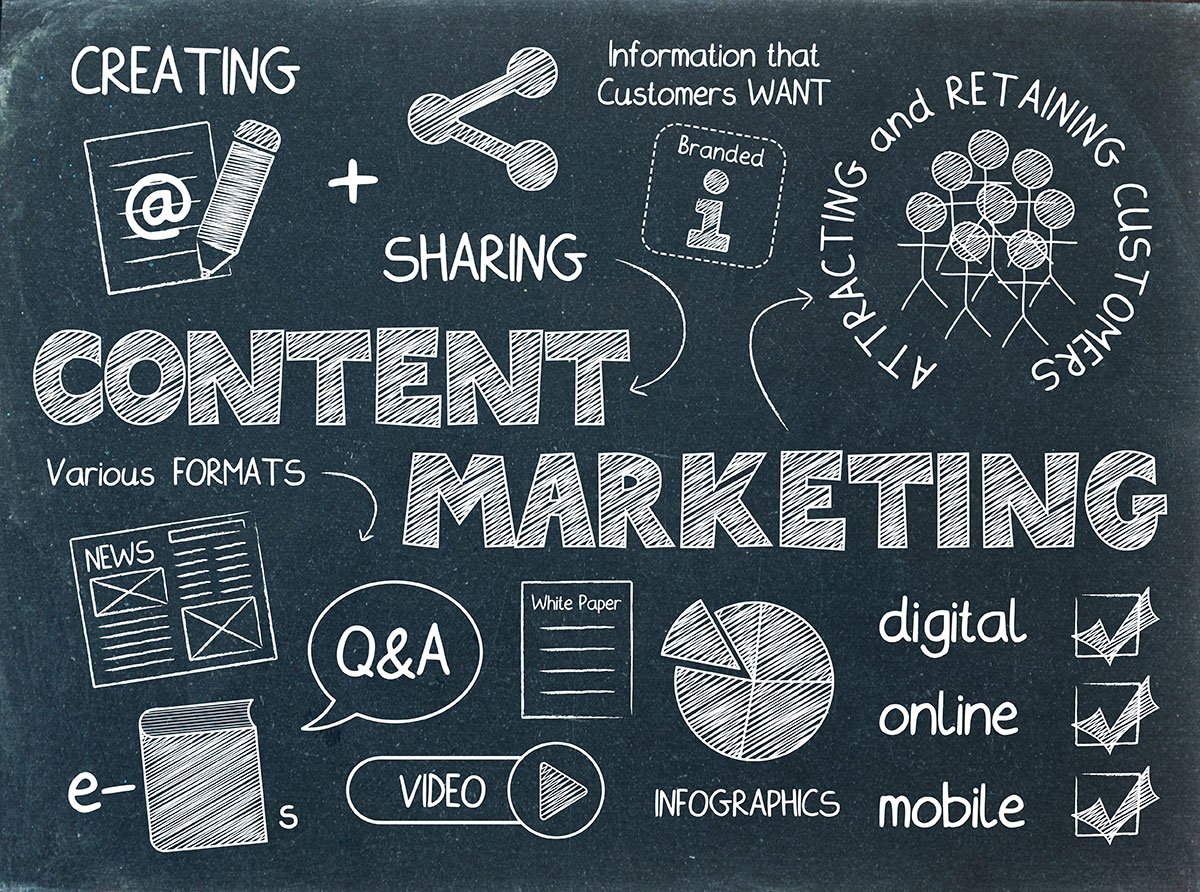My Buyer Journey To A New Website Host Proves Buyers And Content Drive The Buyer Journey
Humans are rational creatures, but there’s a lot going on when we’re in a decision process, and it’s not delineable to those observing. So complex decisions can look erratic. In actuality, buyers are ingesting new information and redrawing our initial mental landscape – sometimes even selection criteria – based on what is learned about solution possibilities. Ads are disruptive to this process.

We’ve written extensively on who actually drives the Buyer Journey or sales cycle. In this post, we support those claims with an actual example: we needed a new hosting solution. At no point was this as straightfoward as clicking on a keyword-matched ad, and purchasing a solution. That’s the way marketers pretend advertising and marketing work, but it almost never happens that way.
Rather, the Buyer’s Journey is ‘beset on all sides’ by search.
Our pain-point was a slow website (yes, the one you’re reading). We have a Dedicated Virtual server with 2 GB of memory and 60 GB of storage space. The CPU is 2.1 GHz, which is slow. We knew it was time to either get more performance out of it or move on. But the upgrade options from my current provider were limited. We would happily pay double the price for better performance.
We did some Internet searches to look for fixes, many of which didn’t even relate to servers and hosting:
- “How to speed up WordPress.” I’d looked into this, and based on what I found – we learned that our site was already optimized. If we did decide to go this (cheaper) route, server ads would have been wasted.
- Then we searched for “How to speed up Plesk Obsidian” (the server admin panel), another layer of the technology stack that serves-up the website.
- We performed several searches and dug into some options with NGINX, PHP settings, memory settings and allocation. After some consideration, and not being server admin panel experts, we didn’t want to risk stability of FlashPointLabs (or other sites we host).
- There was one lead: something called WebP compression, which could produce images 30% smaller than .jpg with no loss of quality. A caching plugin I had was unable to perform WebP compression. I continued to look at new caching plugins. The point here is that we thought we were in the market for ‘hosting providers’, and here we were looking at caching solutions.
- We then went to a technical contracting site (which I already use, or I’d have had to do a Google search for that service also) to find an expert who could either optimize Plesk’s PHP, NGINX, and WebP settings, or possibly perform a server migration. We hired someone, but then discussion of backups and a general tone of uncertainty emerged. We decided to pull the plug on that option. This was another seemingly random direction change that was actually a logical adjustment, in light of a changing circumstance.
- After several set-backs, we decided to adopt a wholesale solution and move FlashPointLabs to a new hosting provider, without knowing who. From a marketing standpoint, this is called a ‘prospect level lead’ – we knew we wanted the service, but we didn’t know from whom. Compare this to a ‘product level lead’ – where we need reasons to buy it from a specific company. These are worlds apart in terms of the content I would be seeking; one makes a case for a better/faster solution class, and the other makes a case for a better/faster solution provider. Ads in this stage – like most – are worthless. Content in this stage – like most – have unquestionable value.
- We searched for “fastest hosting” and up came countless results. Like anybody, we only click on the first page or so of links. We found content including comparisons, shootouts and benchmarks from third parties and hosting platforms alike. We also tried “What to look for in a Plesk host” and searching for speed-testing tools.
- At this point, I was a couple degrees of separation from the original search and solution profile. This is how all Internet purchases go and why targeted ads can’t keep up with the buyer-driven Buyer’s Journey.
- After some time, we’d narrowed the field of about 10 hosting platforms down to just three. We had all three tabs open at the same time. We used their on-site tools and configured them to host Plesk and be able to host 100 sites, and they ended up costing about the same as what we had. Better performance was just going to cost me, it seemed. One host offered unlimited bandwidth. One offered a free migration. The other was the lowest overall price. We tried calling them all. Nobody answered. All of these concerns – bandwidth, price, free migrations, being able to get a person on the line – were unknowns that weren’t at the top of mind when we began our search.
- We went back and re-included some hosting solutions we had excluded earlier, just wanting to make sure. We also performed another top-level search for “fast hosting” and clicked some lower links and videos to make sure I didn’t miss anything.
- Based on some content we’d encountered, we went to our current hosting provider – not from my internal dashboard, but from the outside web. We learned we were on a legacy plan, and that newer plans – with our same hosting provider – were very competitive with the other three hosts in terms of price and performance.
- What was the selling point? It was nothing that any ad would have known to show a) we were already with this company, and b) we knew we could get a person on the phone when we needed to. They offered unlimited bandwidth. The only questions were a) what was the CPU speed for their new server (I already knew the memory and storage offered), and b) could they waive the migration fee?
- We contacted them. They confirmed the CPU was blazing fast and said they wouldn’t charge us to put me on another of their servers. The decision was made. We didn’t click on a single ad. We were making a decision based on abstract logic – virtually impossible to ascertain from the outside. We are but one company, and it would be impossible for any single vendor to have anticipated our journey. At scale, no AI, no targeting, no ad delivery platform, could have won the sale. Not one.
When you purchase something, you’re confronting a series of *known unknowns*, but also *unknown unknowns*. There are often solution *types* (not providers, but *classes*) the buyer is unaware of at the outset of the Buyer Journey. There are standard features, new innovations, hidden costs – a whole world surrounding the solution to your pain-point. And the more the conversion threshold is (cost), the more these details get considered. Content drives the sale and is essential.
When you purchase something, you’re confronting a series of *known unknowns*, but also *unknown unknowns*. There are often solution *types* (not providers, but *classes*) the buyer is unaware of at the outset of the Buyer Journey. There are standard features, new innovations, hidden costs – a whole world surrounding the solution to your pain-point. And the more the conversion threshold is (cost), the more these details get considered. Content drives the sale and is essential.
We did all that solution-finding only to end up where we began – with the same server/hosting company. But we learned.
This is how and why content is king, because it was through content that we learned. Content from third parties but also content published by hosting providers. And nowhere did we seek sales copy or ads.
So, unpacking this, what conclusions can we draw?
- We didn’t know what we didn’t know at the beginning of our Buyer Journey. We needed a solution to a pain-point (the slow server), that could come in many forms.
- There was more than one potential solution.
- The ultimate solution we chose was not the one we thought we needed. We thought we had to switch service providers.
- While it’s true, we needed some seller-centric copy, prices and specifications from sellers, to compare, the hosting providers with the most content ranked better because of that content, and also because of domain authority.
- We didn’t click on a single ad. And believe me, there were a lot. Server fees can cost thousands of dollars a year, so ads are prolific.
The point is that ourBuyer Journey was a search, and it was a process of encountering content. It might seem disordered, in that it was not predictable, but it was highly logical – for us.
When we started, we didn’t know what form our solution would take. Once a brand, product, or service has the awareness of a consumer, this journey might be simpler, but buyer-driven search, and the ingestion of content, is how commerce happens nowadays.





